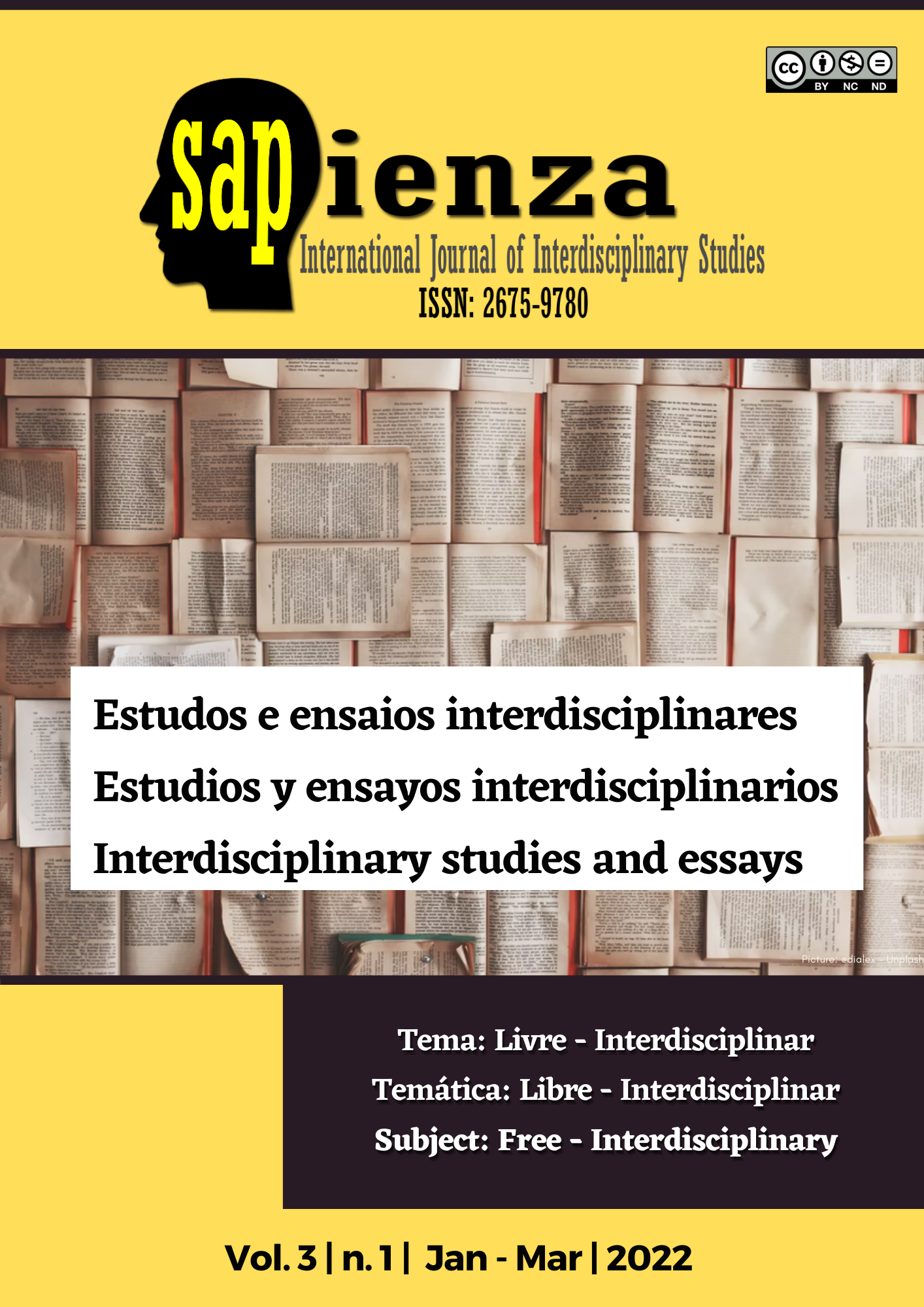Socioeconomic reality in the productive activities developed by women in the Esmeraldas-Ecuador canton.
DOI:
https://doi.org/10.51798/sijis.v3i1.290Keywords:
employment, gender, poverty, welfare, family.Abstract
This article analyzes the socioeconomic reality of female heads of household during the COVID-19 health emergency, an event that came to condition the personal, work and family development of these mothers. Therefore, this study is based on a quantitative methodology of descriptive exploratory type, which seeks to know through an inductive process the reality of female heads of household. To carry out the study, surveys were carried out on 97 female heads of household in the area of the banks of the Esmeraldas River, in order to know the employment and family situation of this group. The results showed that since the beginning of the confinement period, the economy of these households has been affected, however, the income and productive activities carried out by the female heads of household in this sector have remained at similar percentages. those received before the start of the pandemic, therefore, there is no significant impact on the quality of life of women heads of household in the sector along the banks of the Esmeraldas River, neither on income nor on family relationships inside the home.
References
Aguilar, G. A. (2021). Las jefas de hogar del barrio popular Luz de Vida : un estudio sobre las estrategias de supervivencia en contexto. 2021, 39–65.
Amílcar, M. (2020). Pobreza y desigualdad en ecuador: Modelo de microsimulación de beneficio fiscal. Cuadernos de Economía, 823-856. https://doi.org/http://dx.doi.org/10.15446/cuad.econ.v39n81.76001
Amorós, C. (2008). Mujeres e imaginarios de la globalización (reflexiones para una agenda teórica global del feminismo).
Arnold, D., Spedding, A., & Pereira, R. (2013). Pautas metodológicas para investigaciones cualitativas y cuantitativas.
Bertrand, M., Kamenica, E., & Pan, J. (2015). GENDER IDENTITY AND RELATIVE INCOME WITHIN HOUSEHOLDS * Marianne Bertrand Emir Kamenica I . Introduction We begin by establishing the following fact : among married couples in the United States , the distribution of the share of household income earned by. 571–614. https://doi.org/10.1093/qje/qjv001.Advance
Bruni, L., Stanca, L., & Bicocca, M. (2005). Income Aspirations , Television and Happiness : Evidence from the World Values Surveys Income Aspirations , Television and Happiness : Evidence from the World Values Surveys. 89, 1–35.
Buvinic, M., & Guota, G. R. (1997). Female-Headed Households and Female-Maintained Families : Are They Worth Targeting to Reduce Poverty in Developing Countries ? Author ( s ): Mayra Buvinić and Geeta Rao Gupta Source : Economic Development and Cultural Change , Jan ., 1997 , Vol . 45 , No. Economic Development and Cultural Change, 45(2), 259–280.
Cañete Alonso, R. (2020). Las desigualdades de género en el centro de la solución a la pandemia de la COVID-19 y sus crisis en América Latina y el Caribe. Análisis Carolina, 1–14. https://doi.org/10.33960/ac_20.2020
CEPAL. (2016). La agenda 2030 para el desarrollo sostenible y los desafíos del financiamiento para el desarrollo. https://doi.org/10.18356/fd19fa3d-es
CEPAL. (2020). Informe sobre el impacto económico en América Latina y el Caribe de la enfermedad por coronavirus (COVID-19). Informe Sobre El Impacto Económico En América Latina y El Caribe de La Enfermedad Por Coronavirus (COVID-19). https://doi.org/10.18356/952207e4-es
Deere, C. D., Alvarado, G., & Twyman, J. (2018). ¿Dueñas o jefas de hogar? Analizando la desigualdad de género en la propiedad de activos en América Latina. Cuestiones Económicas, 28(Número especial en economía de género), 11–40.
El Universo. (2018). Las mujeres de Ecuador trabajan más horas y ganan menos que los hombres.
Estudios, C. de, & Distributivos, L. y S. (2007). Metodología para el Análisis de la Pobreza Rural.
Felix, A. (2001). Jefatura de hogar femenina y bienestar familiar en Monterrey. Una aproximación cualitativa. Frontera Norte, 13(2).
García, F., Guardiola, J., Gudynas, E., Beling, A., Vanhulst, J., Ranta, E., Carballo, A., Carpio, P., Vega, S., Macías, A., & Alonso, P. (2016). El Buen Vivir y la Economía Social y Solidaria. Economía Sin Fronteras, 42. http://ecosfron.org/wp-content/uploads/Dossieres-ESF-23.pdf
García Tinisaray, D., Castro Quezada, L., & Verdú Delgado, A. (2020). Jefatura de hogar femenina y mercado laboral ecuatoriano. Revista Economía, 71(113), 29–43. https://doi.org/10.29166/economia.v71i113.2088
Geldstein, R. N. (1994). Los roles de género en la crisis: mujeres como sostén económico del hogar. Cuaderno Del CENEP.
Geldstein, R. N. (1997). Mujeres jefas de hogar: familia, pobreza y género. In Cuadernos del UNICEF.
Instituto Nacional de Estadística y Censos. (2018). INEC, Encuesta Nacional de Empleo, Desempleo y Subempleo (ENEMDU). Indicadores Laborables , Diciembre 2018, 8. https://www.ecuadorencifras.gob.ec/documentos/web-inec/EMPLEO/2019/Junio/201906_Mercado_Laboral_final.pdf
Instituto Nacional de estadisticas y censos de Ecuador. (2021). Encuesta Nacional De Empleo, Desempleo Y Subempleo. Encuesta Nacional De Empleo, Desempleo Y Subempleo, VCD4DXXSAA, 20. https://www.ecuadorencifras.gob.ec/documentos/web-inec/EMPLEO/2021/Trimestre-enero-marzo-2021/Trimestral enero-marzo 2021_Mercado_Laboral.pdf
Instituto Nacional de Estadísticas y Censos del Ecuador. (2020). Encuesta Nacional de Empleo, sub.
Instituto Nacional de las Mujeres. (2018). Las Madres en Cifras. https://www.gob.mx/inmujeres/articulos/las-madres-en-cifras
Lupica, C. (2012). Madres solas en la Argentina: dilemas y recursos para hacer frente al trabajo remunerado y al cuidado de los hijos. Revista Del Hospital Materno Infantil Ramón Sardá, 31(1), 13–17.
Maldonado, J., & Peña, C. (2018). Maternidad y brecha salarial: ¿Penaliza el mercado laboral la maternidad?
ONU. (2018). El trabajo de cuidado: Una cuestión de derechos y políticas públicas.
Rico de Alonso, A. (2006). Jefatura femenina, informalidad y pobreza urbana en Colombia: expresiones de desigualdad social. La Persistencia de La Desigualdad. Género, Trabajo y Pobreza En América Latina, 177–197.
Salcedo, C., Moscoso, F., & Ramirez, M. (2020). Economía informal en Colombia: iniciativas y propuestas para reducir su tamaño. Revista Espacios, 41(3), 22–28.
Tenorio Casaperalta, A., Paredes Echeverria, L., & Quispe Mamani, L. (2020). Resiliencia Durante La Emergencia Sanitaria Por Covid-19, En Mujeres Jefas De Hogar Residentes En Una Zona De Carabayllo. Revista Científica Ágora, 7(2), 88–93. https://doi.org/10.21679/arc.v7i2.171
Veenhoven, R. (1994). Concepto Satisfaccion. El Estudio de La Satisfacción Con La Vida, 3, 87–116. https://cutt.ly/3hTXN51
Vekemans, R. (1970). Doctrina, ideología y política.
Downloads
Published
How to Cite
Issue
Section
License
Copyright (c) 2022 Mónica Maribel Castillo-Toledo, Mariuxi de los Ángeles Rodríguez-Enriquez, Carlos Andrés Holguin-Cedeño, Kathia Díaz-Bedoya

This work is licensed under a Creative Commons Attribution-NonCommercial-NoDerivatives 4.0 International License.




